Since log and timber homes are so closely related, we’re often faced with the task of comparing the two for customers. Many people have dreamt of a log cabin their entire life, and have just recently discovered the beauty and elegance of timber framing. Or, they have always thought that a log home is what they wanted until they see the benefits of a timber frame home.
Below, we’ve highlighted just a few of the many advantages of timber framing over log construction.
1. Adaptability – Timber frame homes offer a wide selection of options when it comes to the look and feel of your home. Timber frame styles can range from cabins, barn homes, ranches, and even look right at home on the coast. The ability to side your home in whatever materials and colors you choose provides the homeowner with more options than with log construction. Timber frame homes can fit into a suburban residential landscape or an expansive mountain lot with ease.
2. Customization – When it comes to the interior, log cabins can seem too rustic or give the look of “too much wood.” That’s not the case with timber frames. The addition of SIP wall and roof panels allows the homeowner to paint his or her walls any color they choose. They even have the option of painting the actual timbers! (A past Woodhouse client painted their entire frame white for their coastal vacation home)
3. Open Floor Plans – Timber frame homes are known for their open floor plans and spacious living areas. Cathedral ceilings, catwalks, and large eat-in kitchens are some signature features. Log homes, on the other hand, tend to be more crowded, with structural log walls at every turn.
4. Maintenance – A big drawback of log cabins is that they require a large amount of maintenance. Exterior logs are exposed to the elements, animals, and insects that can harm the wood if not maintained regularly. Timber frame homes are also made of wood, but with the majority of the exposed timbers being inside the home, they require little to no maintenance, with the exception of any exterior trusses you may choose to add to your home’s porch or entranceway.
5. Energy Efficiency – Log cabins are inherently difficult to insulate sufficiently. It’s difficult to tightly secure the space between each log to ensure a low amount of air infiltration. Log homes are notorious for being poorly insulated and prone to air-leaks. Wood is not a good insulating material and, over time, it shrinks creating gaps around the doors, windows, and chimneys of log homes. Timber frame homes, on the other hand, give you many options on how to finish and insulate your home. SIP panels create a nearly air-tight environment and once the home reaches room temperature, it stays within a few degrees at all times.
6. Fire Resistance – If you’re ready to build your log or timber frame home, but are worried about a fire destroying your home, you can have peace of mind that Murus polyurethane SIP panels (one of your options when enclosing your timber frame home) have a Class 1 Fire rating, the best available for combustible materials.
7. Appreciation and Resell Value– Finally, log cabins are a dime a dozen. Why not choose a type of construction that absolutely wows people who enter? The unique features of timber frame construction leave many in sheer awe of this modern, yet traditional form of architecture and design. The limited market for log homes means they often take longer to sell and can’t command the same premium prices that timber frame homes do. Timber frame homes have a higher resale value and locking in your design and construction schedule TODAY will provide for a higher return on investment years down the road.




